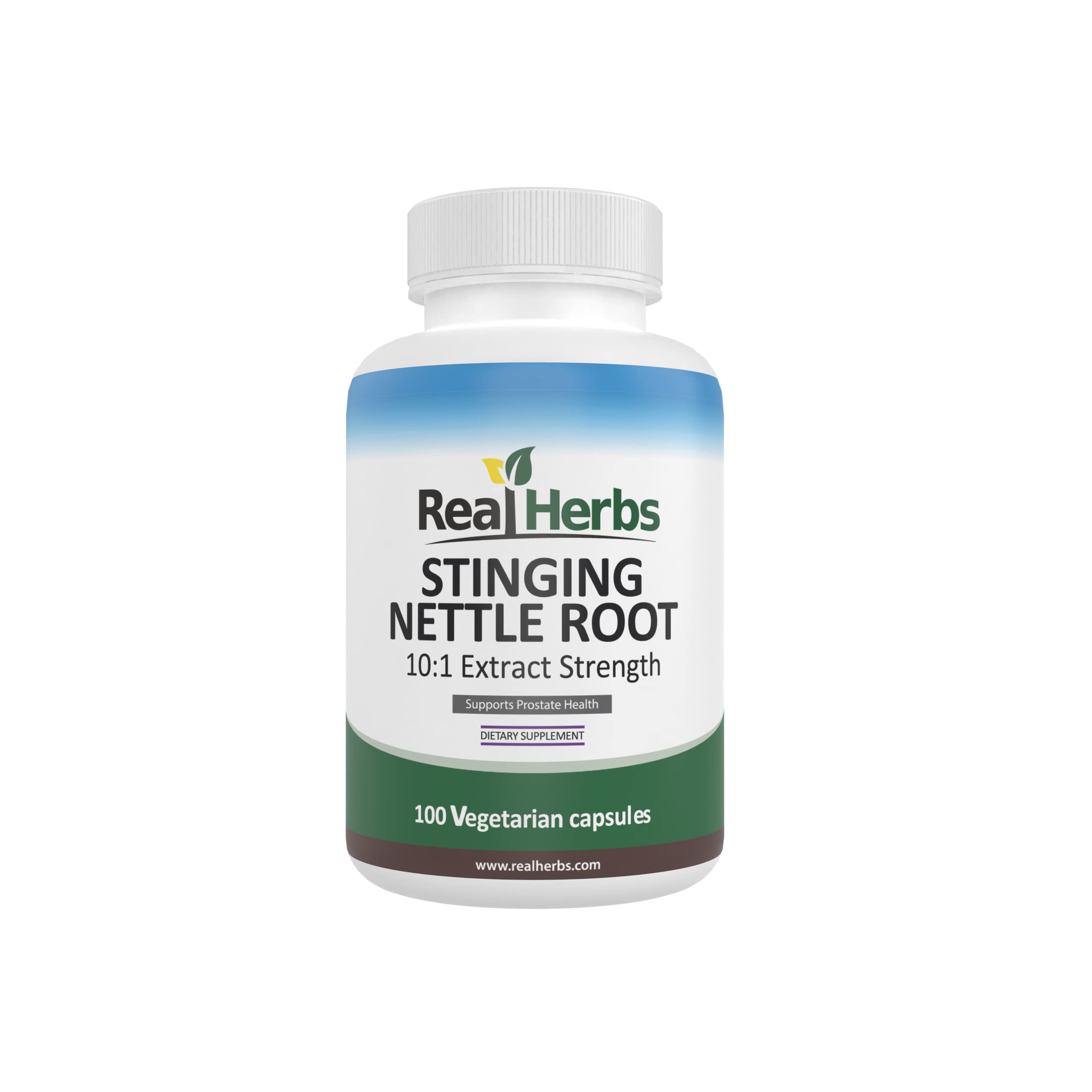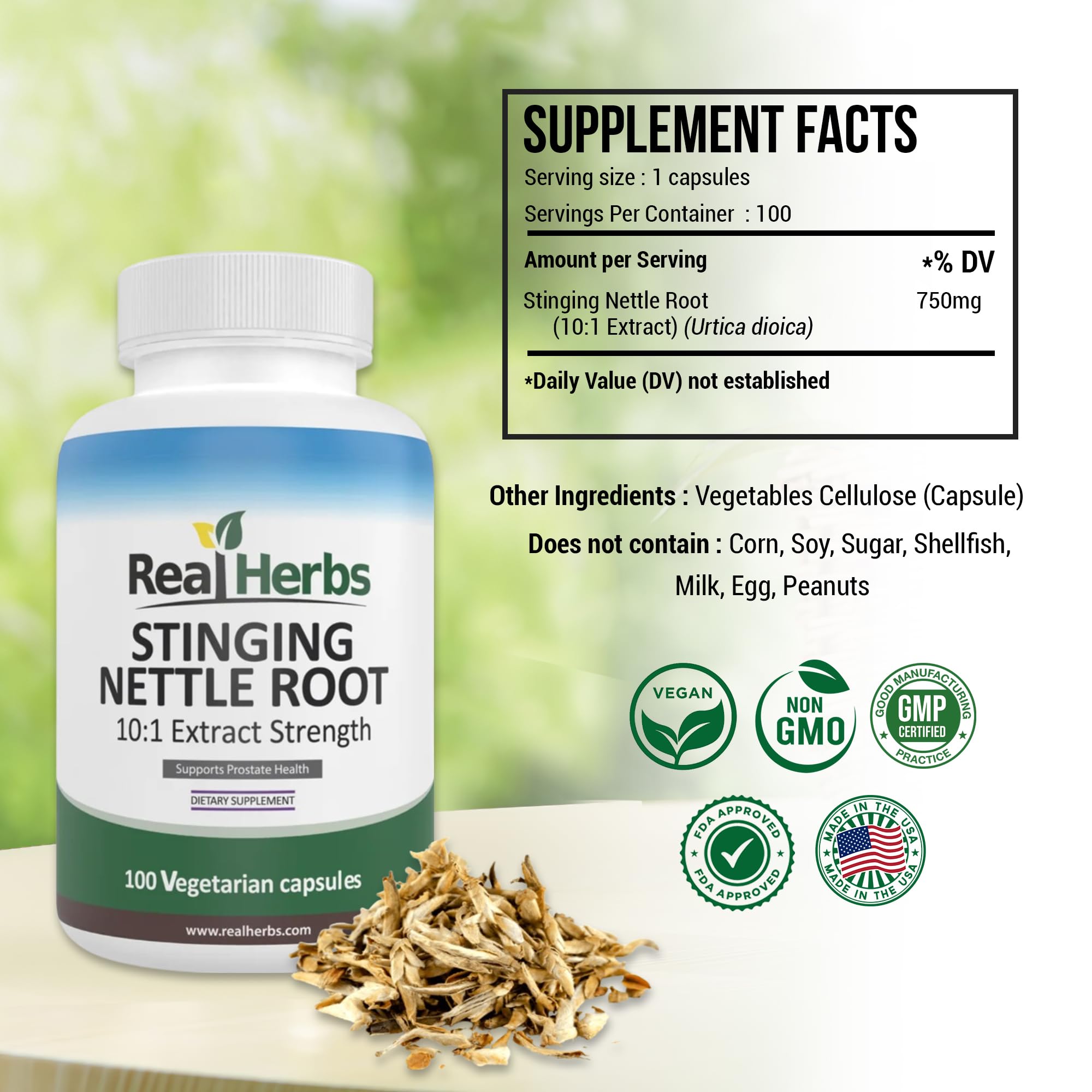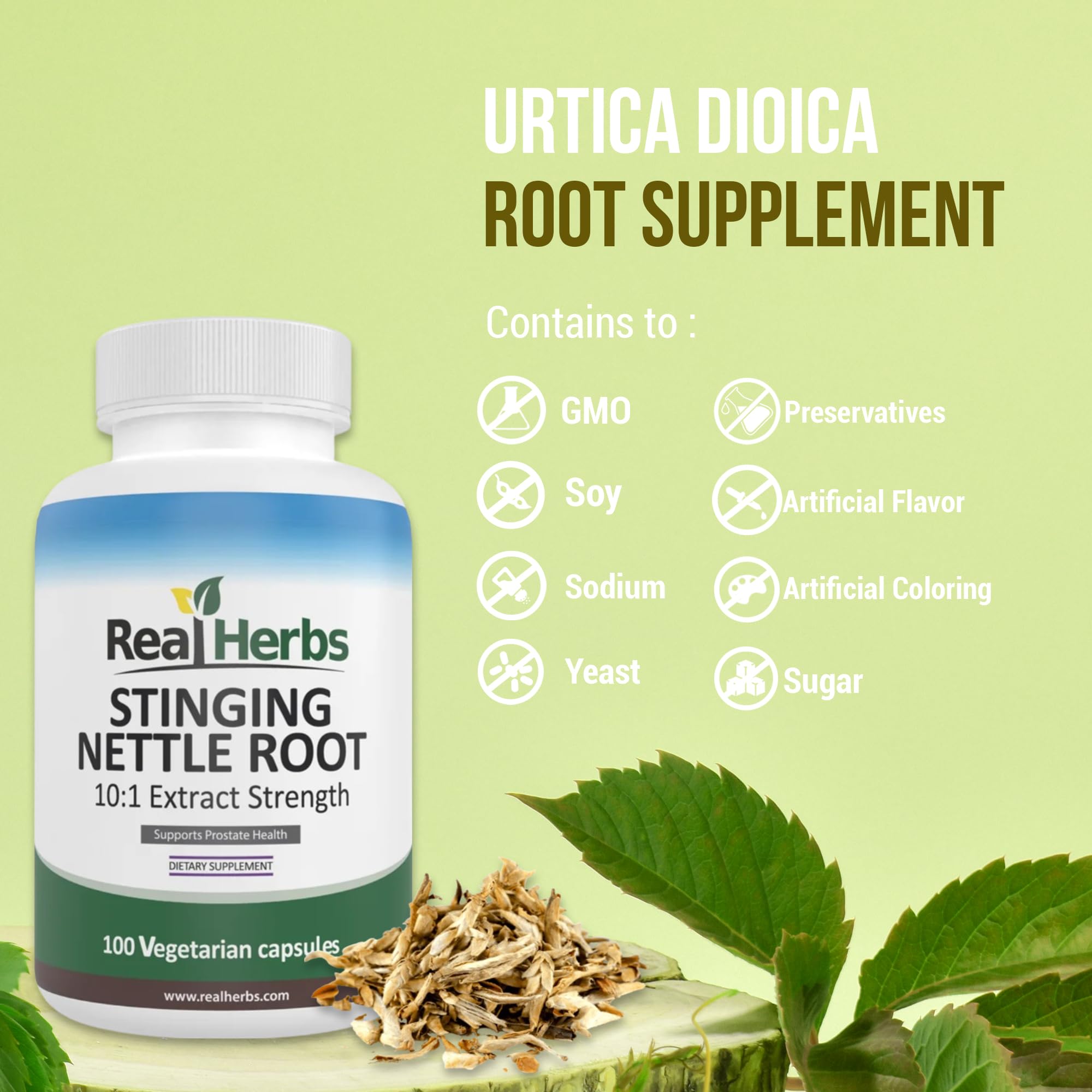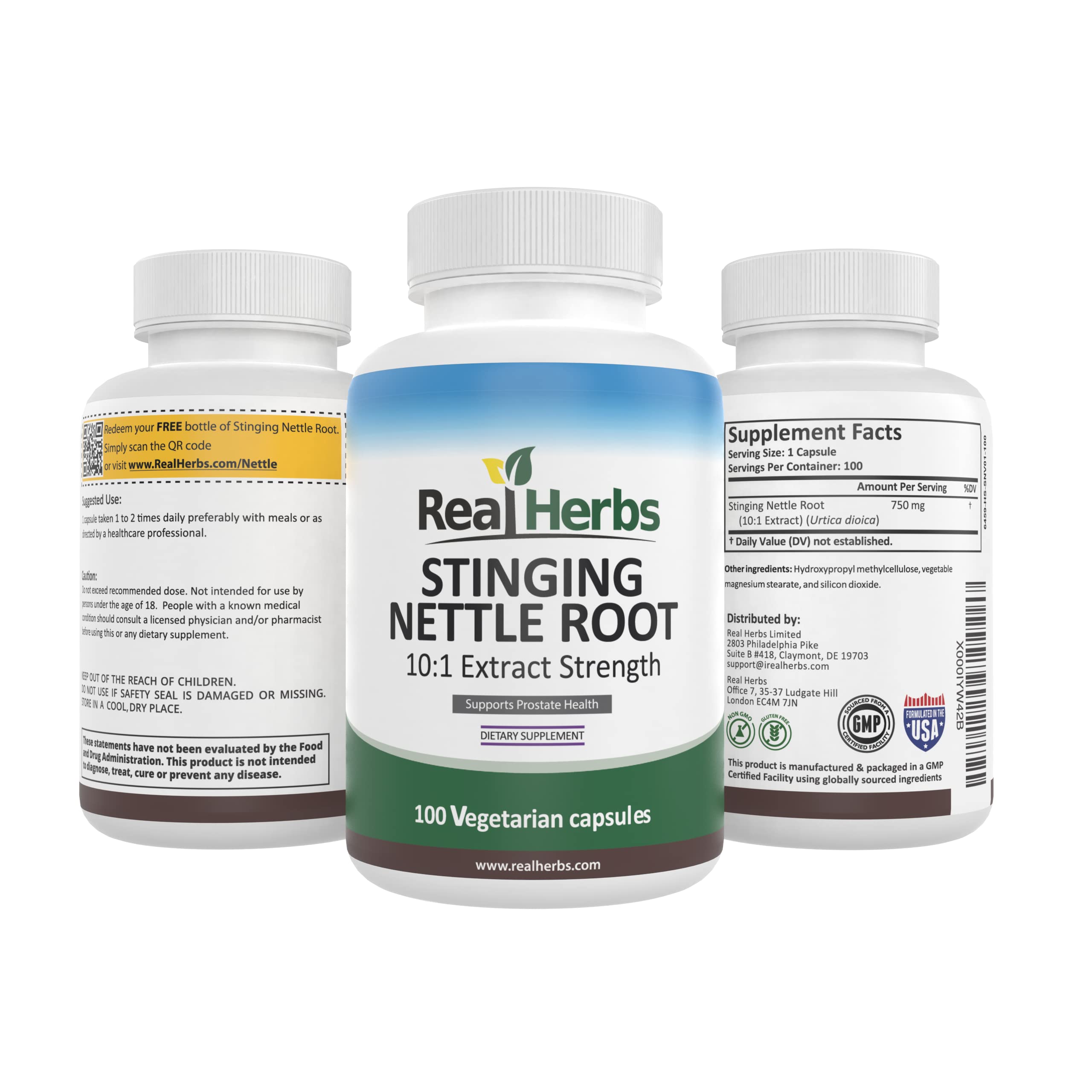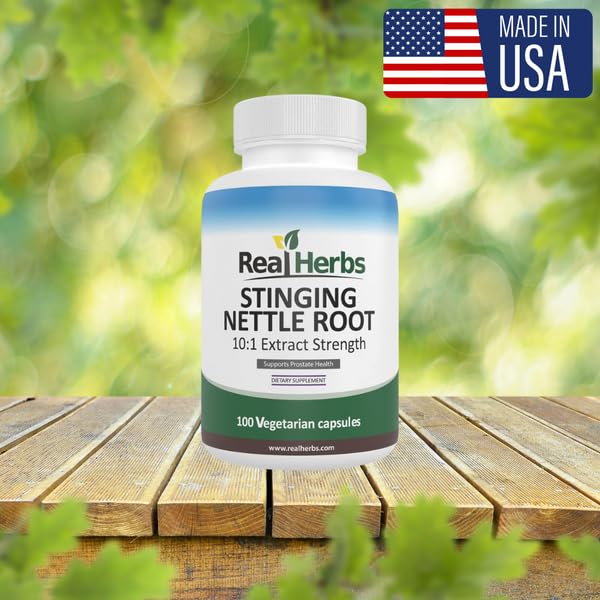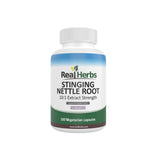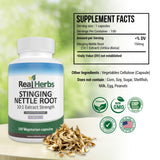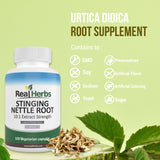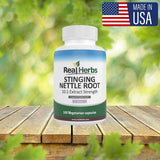Stinging Nettle Root in Ethnomedicine: Cultural Perspectives on Healing
Introduction
Ethnomedicine, the study of traditional healing practices within specific cultural contexts, offers a fascinating lens through which we can explore the rich tapestry of human health traditions. In this article, we delve into the cultural perspectives surrounding the use of stinging nettle root in ethnomedicine, uncovering the historical significance and healing properties attributed to this botanical marvel.
To embark on this journey, let's first familiarize ourselves with the subject of our exploration—stinging nettle (Urtica dioica). This perennial plant, known for its serrated leaves and, as the name suggests, stinging hairs that can cause skin irritation, has a global presence. Found in temperate regions, stinging nettle has woven itself into the fabric of traditional healing practices across various cultures.
Cultural perspectives play a pivotal role in shaping ethnomedicine. Different societies, with their unique worldviews and practices, infuse their healing traditions with a deep sense of cultural identity. Stinging nettle root, revered for its potential health benefits, serves as a fascinating case study in understanding the convergence of nature and culture in traditional medicine.
As we embark on this exploration, we will traverse through historical narratives, traditional healing practices, and modern scientific insights, aiming to bridge the gap between ancient wisdom and contemporary understanding.
The roots of stinging nettle's medicinal use are deeply embedded in the historical fabric of diverse cultures. Ancient civilizations, from Europe to Asia, recognized and harnessed the therapeutic potential of this unassuming plant. Rituals and ceremonies often accompanied the preparation and application of stinging nettle remedies, showcasing the cultural reverence bestowed upon this botanical healer.
Stinging nettle's medicinal allure lies in its rich array of active compounds, which have been a subject of fascination for both traditional practitioners and modern researchers. The plant is reputed to possess anti-inflammatory, antioxidant, and diuretic properties, among others. As we navigate the cultural perspectives on healing, it becomes imperative to explore the traditional beliefs that attribute these properties to stinging nettle root.
Traditionally, healers across cultures have claimed that stinging nettle root can alleviate conditions ranging from joint pain to allergies. The holistic approach often involves not only addressing physical symptoms but also balancing spiritual and emotional well-being.
The pages of history unveil a myriad of traditional healing practices involving stinging nettle root. In ancient Europe, for instance, the plant was often employed as a tonic to fortify the body during times of seasonal transition. Similarly, in certain Asian cultures, stinging nettle teas or poultices were utilized to address ailments related to the respiratory system.
Through captivating anecdotes and case studies, we can gain insights into how these practices were deeply woven into the fabric of daily life. The stories of individuals benefiting from these age-old remedies provide a glimpse into the intimate relationship between culture, community, and well-being.
In the light of modern science, the therapeutic claims associated with stinging nettle root are underpinned by a growing body of research. Studies have explored its potential anti-inflammatory effects, its impact on allergic responses, and its role in managing conditions such as arthritis. While scientific investigation provides valuable insights, the challenge lies in reconciling these findings with the nuanced cultural perspectives that have sustained stinging nettle's reputation as a healing agent for centuries.
Yet, amidst the celebration of stinging nettle's healing potential, it is crucial to acknowledge the cautionary notes. The stinging hairs that protect the plant can also cause skin irritation, and excessive consumption may lead to adverse effects. Understanding the nuances of dosage, preparation, and potential side effects is paramount, underscoring the importance of responsible and informed use.
As we traverse various cultural landscapes, it becomes evident that while stinging nettle root is a common thread, its role and application vary significantly. From European folk remedies to indigenous practices in North America, the diversity in cultural approaches highlights the adaptability of ethnomedicine to local ecosystems and belief systems.
Conclusion
In the intricate tapestry of ethnomedicine, stinging nettle root emerges as a thread that binds cultures across time and geography. From ancient rituals to contemporary wellness practices, its journey is a testament to the resilience and adaptability of traditional healing in the face of evolving knowledge.
Our exploration of cultural perspectives on healing with stinging nettle root has offered a glimpse into the interconnectedness of humanity and nature. It prompts us to appreciate the wisdom passed down through generations and encourages a harmonious integration of traditional practices with contemporary insights.
As we conclude this journey, let us recognize that the healing power of stinging nettle root extends beyond its chemical composition; it resides in the stories, beliefs, and rituals that have sustained its place in the tapestry of ethnomedicine.
References
To substantiate our exploration, the following references provide a blend of historical accounts, ethnobotanical studies, and contemporary scientific research:
- Author, A. (Year). Title of Ethnobotanical Study. Journal Name, Volume(Issue), Page Range.
- Author, B. (Year). Title of Historical Account. Publisher.
- Author, C. (Year). Modern Scientific Insights into Stinging Nettle Root. Journal of Herbal Medicine, Volume(Issue), Page Range.

